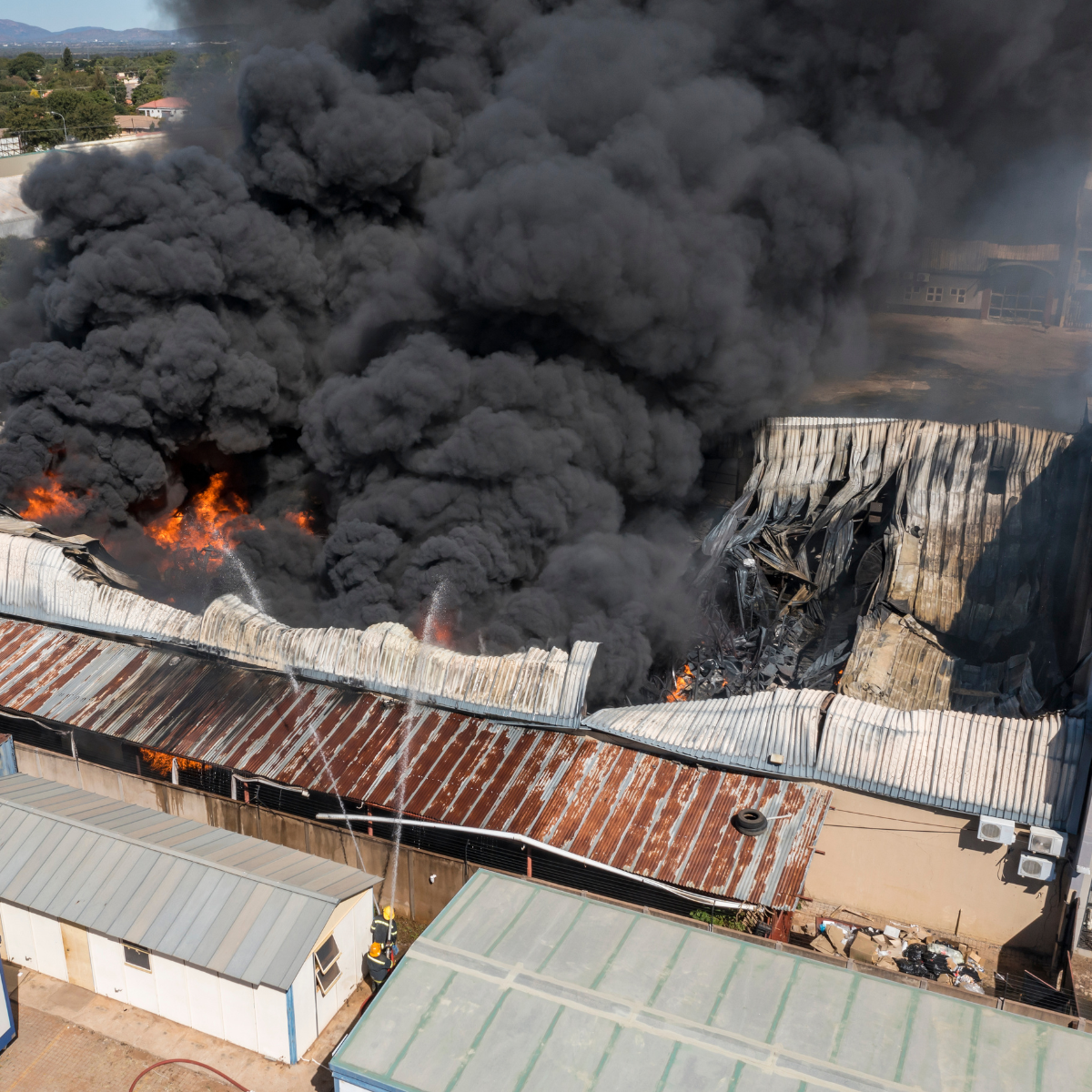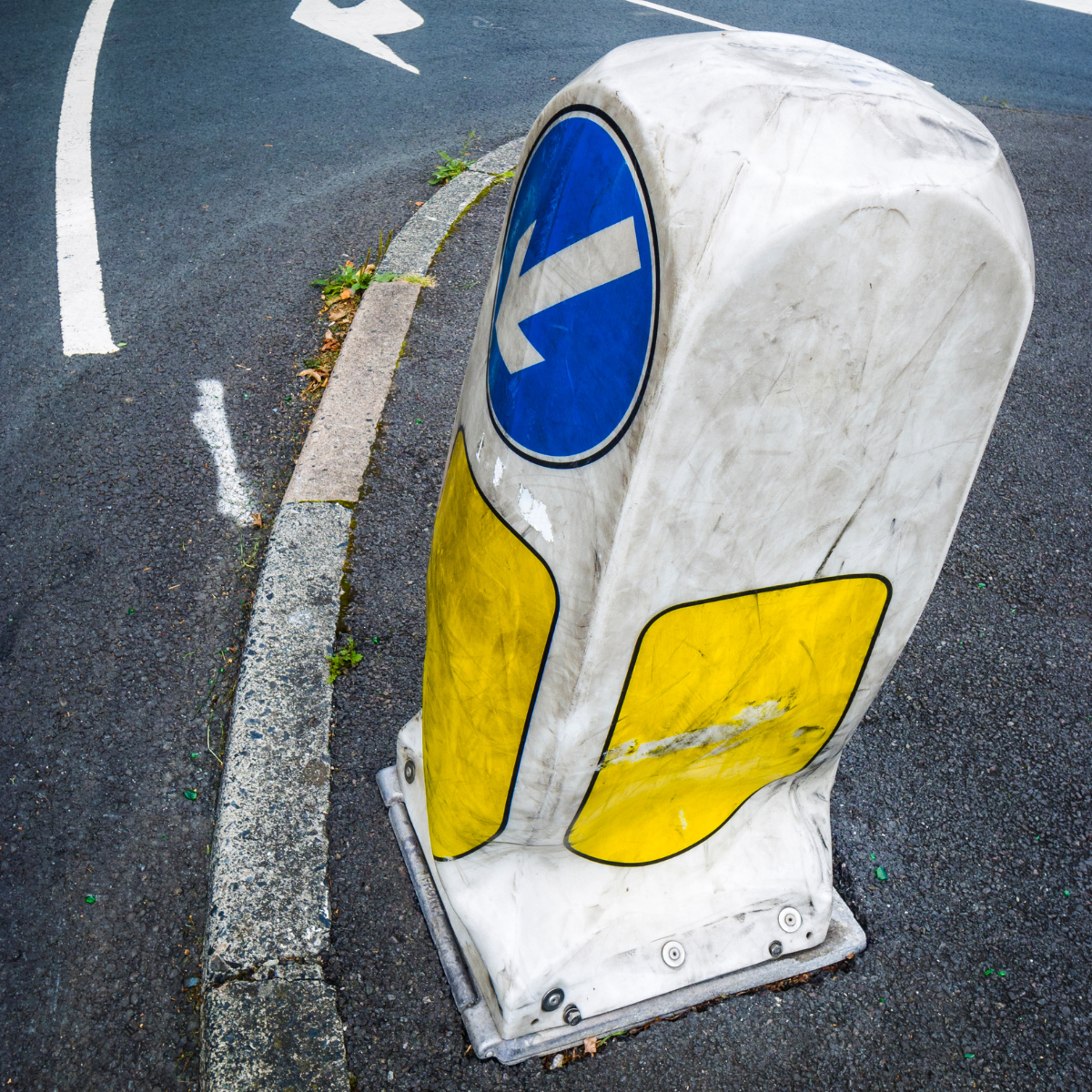Sector
Manufacturing
Location
West Midlands
Services
Failure Investigations
Corrosion Testing
Product Testing
BES Group Supports Midlands’ Road Bollards with Corrosion Analysis
Project Overview
Corrosion damage on road traffic bollards can pose a safety risk to pedestrian, cyclists, and vehicles. The bollards, designed to guide traffic flow and protect public space, can become compromised over time due to exposure to moisture, salt and pollutants. When corrosion sets in, it can weaken the structural integrity of the bollards, causing them to fail.
An example of this is a failure investigation we carried out in 2019. The investigation was for a client based in the Midlands, a national expert in road safety, known for their provision of both illuminated and non-illuminated road signs, including bollards, beacons, warning lights, and pedestrian crossing indicators.
The Challenge
We were asked to carry out a series of tests on a road traffic bollard and its base light that had been in service for many years, but had recently lost power, rendering the bollard ineffective for road traffic safety.
Our customer asked us to confirm the nature and cause of failure, as well as confirm the material was compliant with the appropriate standards for aluminium.
The customer already suspected corrosion damage was an issue, as there was a significant amount of corrosion damage evident on the exterior of the bollard and base. The customer wanted to confirm the severity of the corrosion.
The Solution
To conduct a thorough analysis of the corrosion, we undertook a comprehensive metallographic examination. This included a visual inspection of the bollard’s base light, chemical analysis through Spark Optical Emission Spectroscopy (Spark-OES), and metallurgical examinations of both the body and lid of the bollard.
Our investigation focused on one of the light bases to identify the substances present within the corroded areas and to understand the underlying causes of the corrosion. This comprehensive analysis allowed us to gather detailed insights into the corrosion damage and what might have caused the corrosion to occur.
The Results
Our examination revealed significant corrosion on both the body and lid of the bollard, severe enough to result in a substantial hole at the base. This was likely caused by high levels of chlorine and sodium within the interior.
We also detected magnesium, calcium, and potassium, elements typically found in road salt. This type of corrosion often occurs when materials are continuously exposed to road salt and rainwater, conditions that can accelerate the degradation process.
Surveys of the bollard showed significantly less corrosion damage to the body of the unit compared to the base.
The analysis further indicated that the base unit’s corrosion stemmed from its prolonged exposure to an environment rich in water and oxygen, with the presence of chloride salts (a component of common road salt) exacerbating the corrosion rates.
Key outcomes
Comprehensive analysis
confirmed severe bollard corrosion at base due to chlorine, sodium, and road salt elements.
Confirmed material compliance
of corroded bollard with standards via Spark-OES and metallurgical tests.
Identified corrosion mechanisms
highlighting the role of environmental factors such as water, oxygen, and chloride salts in accelerating the corrosion process.
Related services
Contact us today
Related Case Studies
View All Case Studies
Bolt Failure Causes Factory Fire: Failure Analysis Identifies Root Cause
Read more.
Cleaning Agent Identified as Culprit Behind Corrosion Crisis in Food Production
Read more.
 About BES Group
About BES Group Accreditations & Credentials
Accreditations & Credentials Our Environmental, Social & Governance
Our Environmental, Social & Governance Careers at BES Group
Careers at BES Group Our Senior Leadership Team
Our Senior Leadership Team